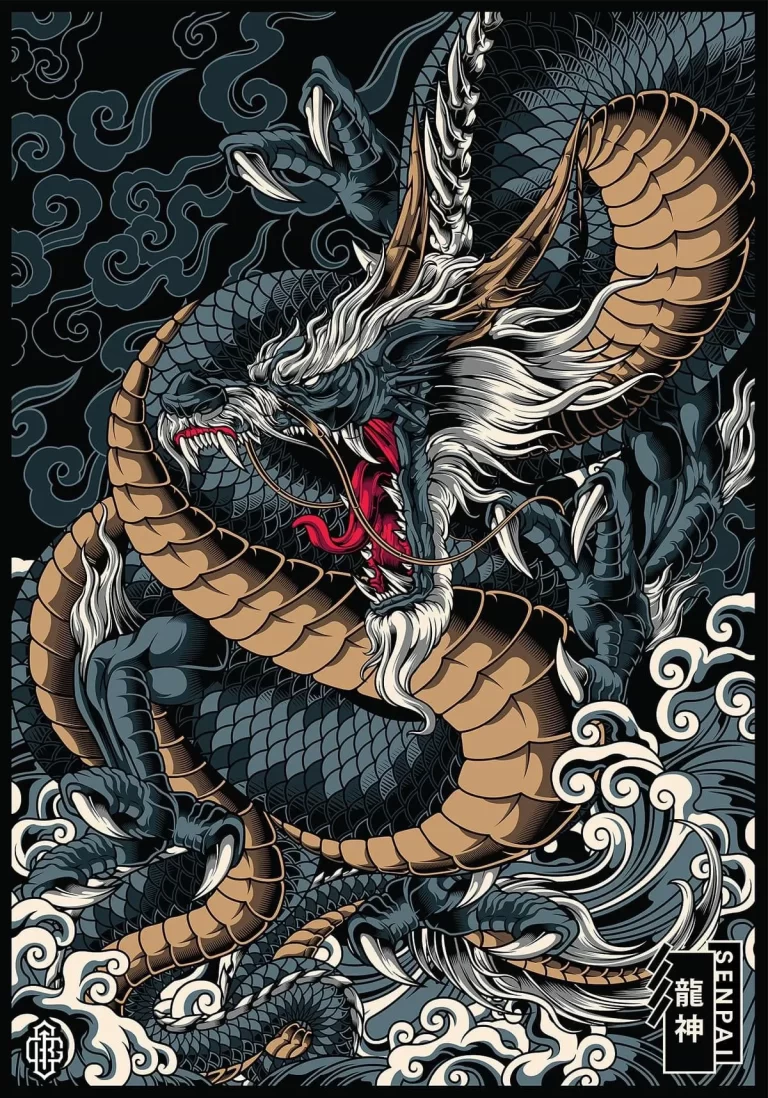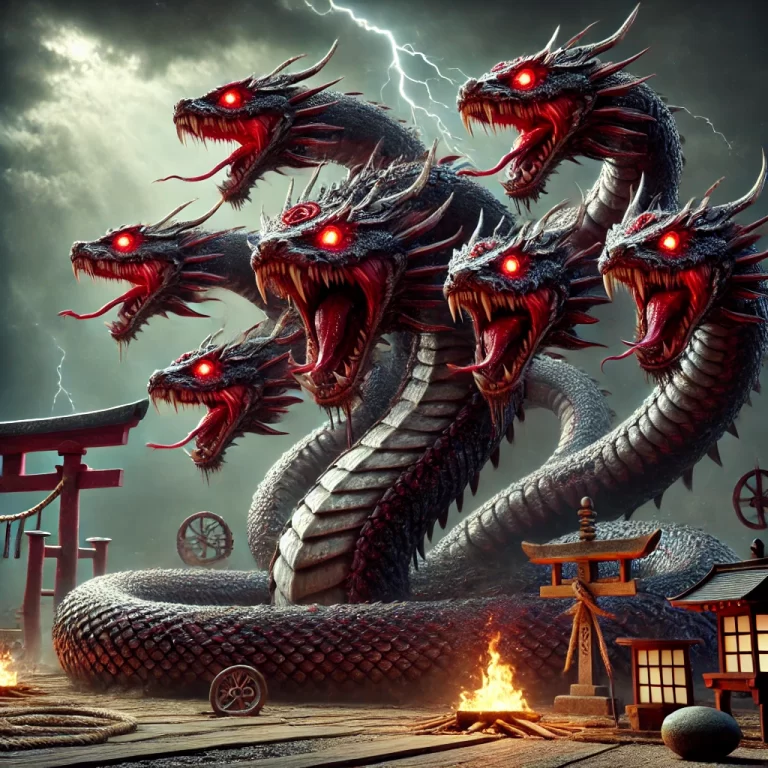The Legendary Ladon: The Multi-Headed Dragon of Greek Mythology

The Legendary Ladon: The Multi-Headed Dragon of Greek Mythology
In the vast tapestry of Greek mythology, dragons often represent formidable obstacles for heroes to overcome. Among these mythical beasts, Ladon, the multi-headed dragon, stands out as a particularly intriguing and enigmatic creature. Entrusted with guarding the golden apples in the Garden of the Hesperides, Ladon’s story intertwines with themes of heroism, immortality, and the eternal struggle between gods and mortals.
The Origins of Ladon
Ladon’s lineage places him among the many monstrous offspring in Greek mythology. He is often described as the son of Phorcys and Ceto, primordial sea deities associated with the dangers of the ocean and the unknown. Alternatively, some myths suggest he was the progeny of the earth goddess Gaia, further cementing his connection to the natural world. Regardless of his parentage, Ladon’s role was clear: to serve as the eternal guardian of the Garden of the Hesperides.
The Garden of the Hesperides
The Garden of the Hesperides, where Ladon resided, was a mythical paradise at the edge of the known world, often associated with the Atlas Mountains in North Africa. This garden was not just any garden but the home of the Hesperides, the nymphs of the evening, who were tasked with tending to the golden apple tree. These apples were no ordinary fruit; they were gifts from the goddess Gaia to Hera upon her marriage to Zeus, and they were said to grant immortality to those who consumed them.
Ladon’s Role as the Guardian
As the guardian of these precious golden apples, Ladon was a creature to be feared. He is often depicted with multiple heads, sometimes as many as one hundred, each capable of speaking different languages or emitting terrifying sounds. His serpentine body coiled around the base of the apple tree, making it nearly impossible for any would-be thief to approach. The presence of such a fearsome guardian ensured that the golden apples remained out of reach for all but the most determined and cunning.
Heracles and the Eleventh Labor
Ladon’s most famous encounter is with the hero Heracles (Hercules in Roman mythology) during his Twelve Labors. As part of his eleventh labor, Heracles was tasked with obtaining the golden apples from the Garden of the Hesperides. To do so, he had to overcome Ladon, the dragon who had thwarted countless others before him.
Different versions of the myth describe various ways in which Heracles managed to bypass or defeat Ladon. In some accounts, he slays the dragon with his bow and arrows, a testament to his unmatched strength and skill. In other versions, Heracles does not kill Ladon but instead persuades the Titan Atlas, who held up the heavens, to retrieve the apples while he temporarily took on the burden of holding the sky. Upon Atlas’s return, Heracles cleverly tricks him into resuming his original role and departs with the golden apples.
The Legacy of Ladon
After Heracles’ encounter with Ladon, the dragon’s fate varies depending on the source. In some tales, Ladon is slain and immortalized among the stars as the constellation Draco. In others, he continues his eternal vigil over the garden, a symbol of the enduring challenges that heroes must face.
Ladon’s story reflects the complex nature of Greek mythology, where even the most powerful creatures have roles to play in the grand narrative of gods, mortals, and the cosmos. As a guardian of something as precious as immortality itself, Ladon represents the ultimate test of a hero’s worth—a test that only the greatest could hope to pass.
Conclusion
Ladon, the multi-headed dragon of the Garden of the Hesperides, remains a fascinating figure in Greek mythology. His role as the guardian of the golden apples ties him to some of the most enduring themes in these ancient stories: the pursuit of immortality, the clash between heroism and monstrosity, and the intricate relationships between gods and mortals. Whether as a fearsome obstacle or a celestial symbol, Ladon’s legacy continues to capture the imagination of those who delve into the myths of ancient Greece.






